NetEase Games announced today that it is developing a free-to-play mobile RPG called Destiny: Rising, set in the same universe as Bungie’s first-person shooter franchise. Bungie itself has licensed the Destiny brand to NetEase, which will develop and publish the title. According to the latter, Destiny: Rising features familiar Destiny characters in unfamiliar settings, as well as both returning and new game modes. At present, the game has no release date.
Destiny: Rising is set in an alternate universe to the primary Destiny canon, in a time after the collapse of civilization and the Dark Age. The game features single-player and co-op play, as well as competitive multiplayer. Players can switch between first-person and third-person modes, and Rising is compatible with both controllers and touch-based controls. It features multiple playable characters, explorable biomes and weapons from which to choose.
Ethan Wang, SVP of NetEase Inc, said in a statement, “With Destiny: Rising, NetEase Games is honored to partner with Bungie to deliver a Destiny-caliber experience to mobile devices. Destiny is an incredible franchise with a passionate and dedicated global fanbase. As huge fans ourselves, we are humbled and thrilled for the opportunity to bring gamers an action-packed RPG shooter set within the Destiny Universe.”
Bungie’s collaboration with NetEase goes back several years, as the two first announced they were working together on a new game in 2018. NetEase also invested over $100 million in Bungie and obtained a minority stake in the developer the next year. At the time, all it revealed about the game was that it wouldn’t affect the development of the mainline Destiny titles.


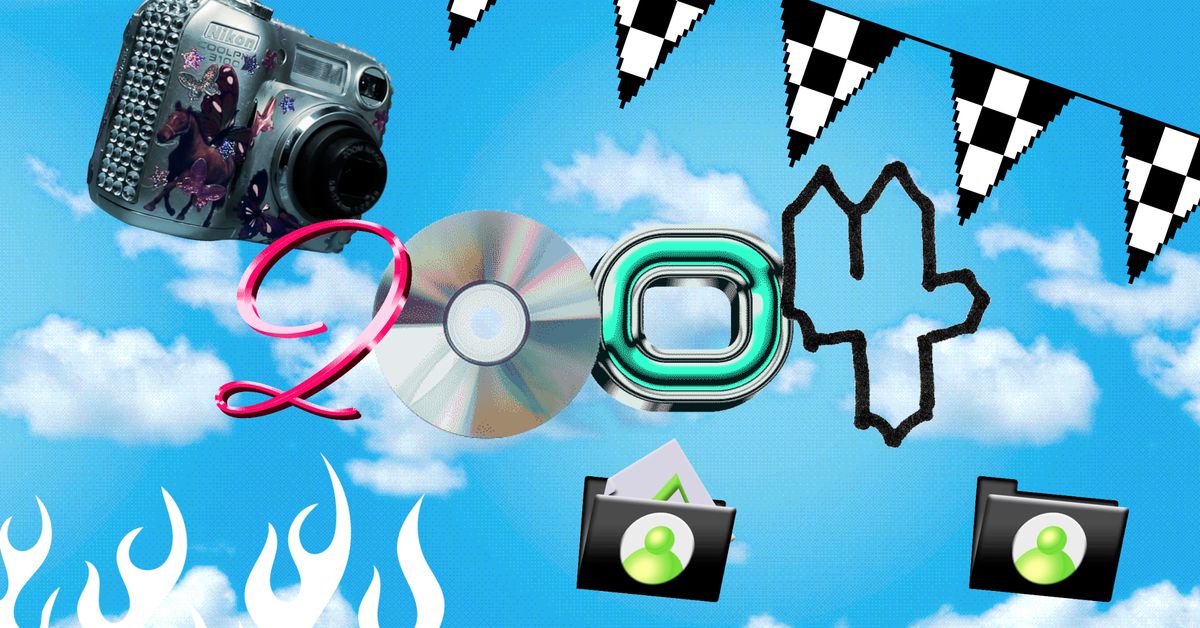
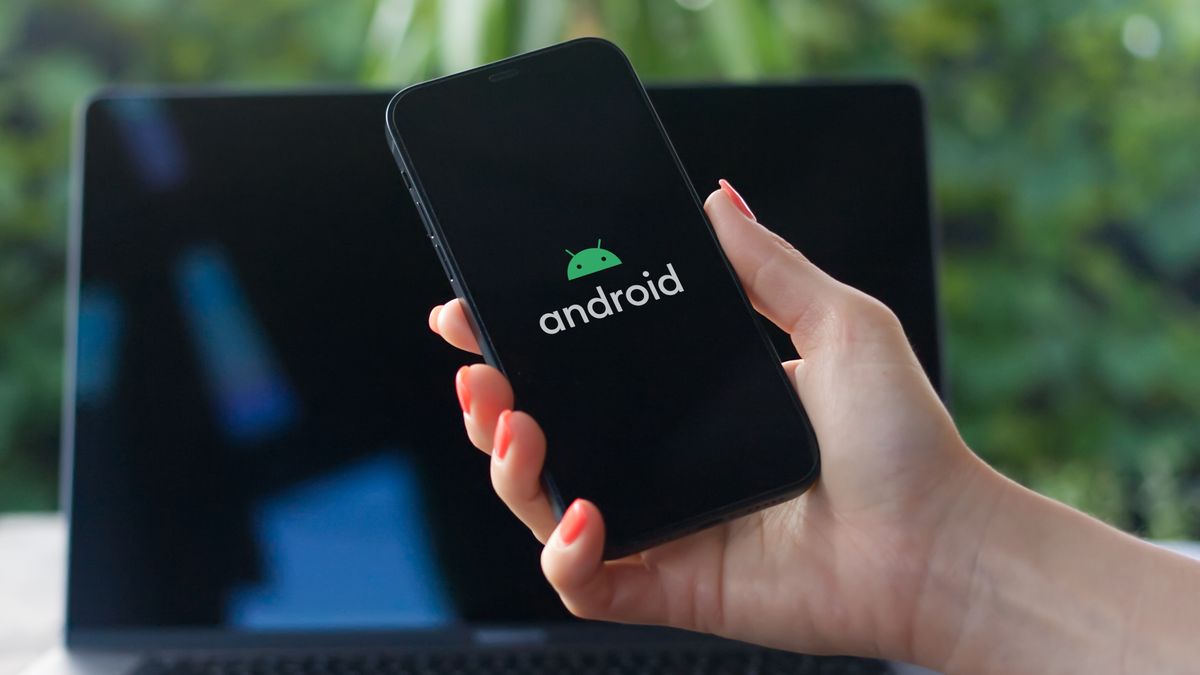

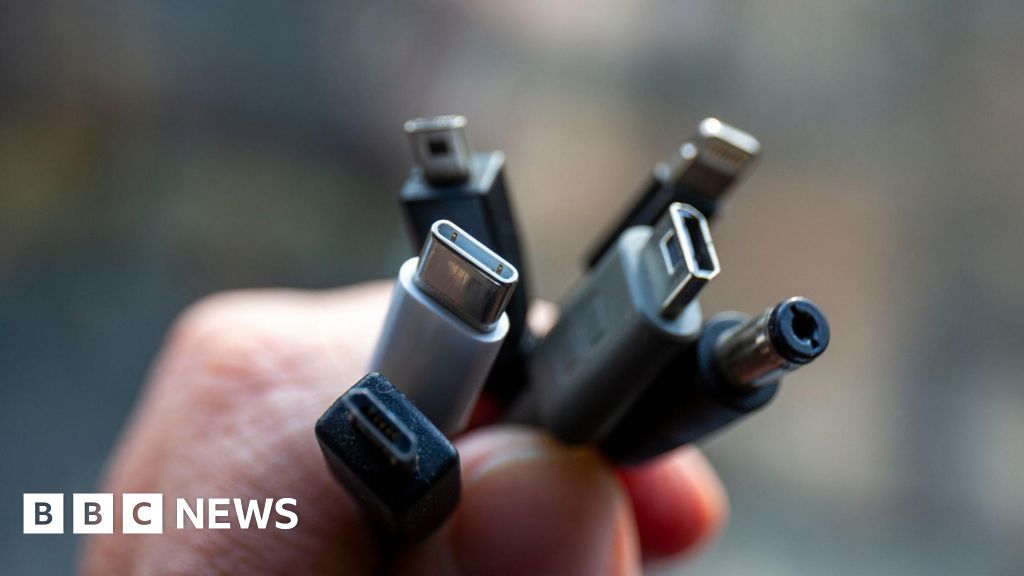

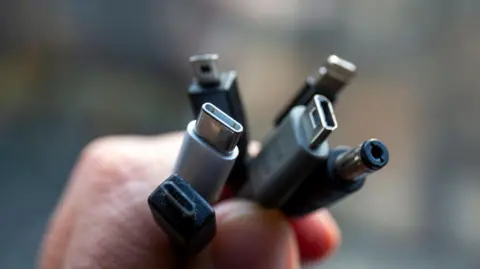
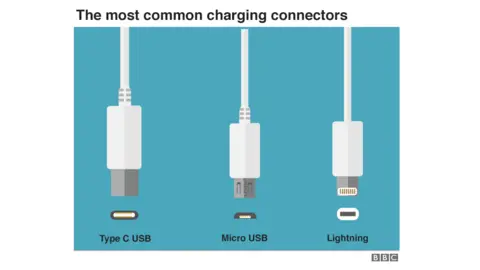
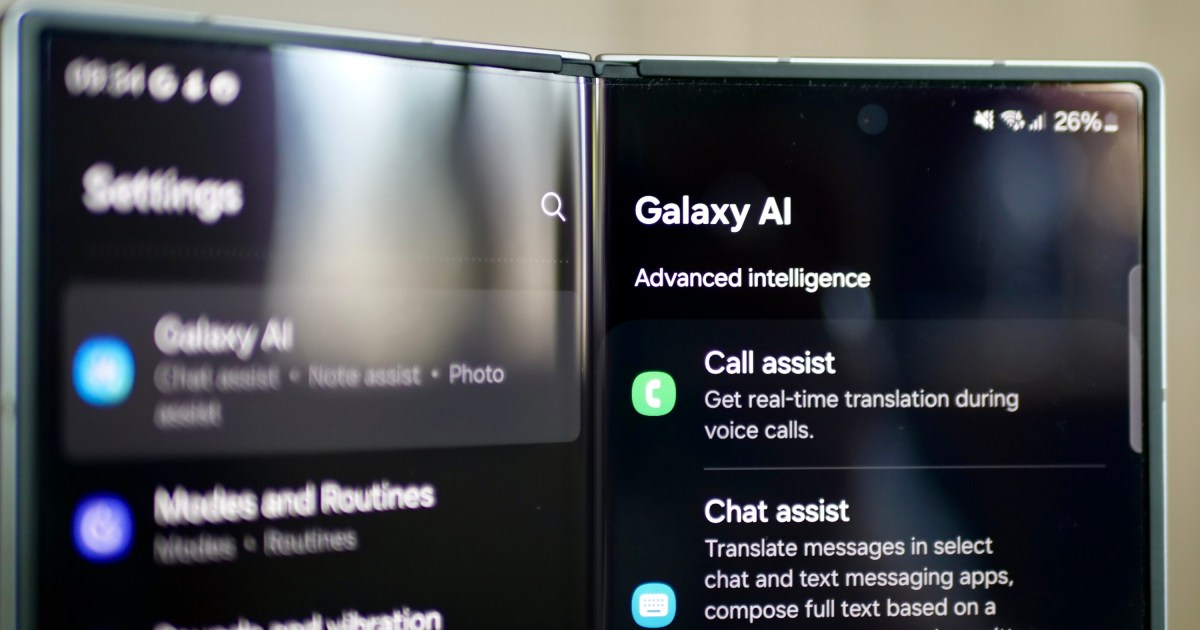

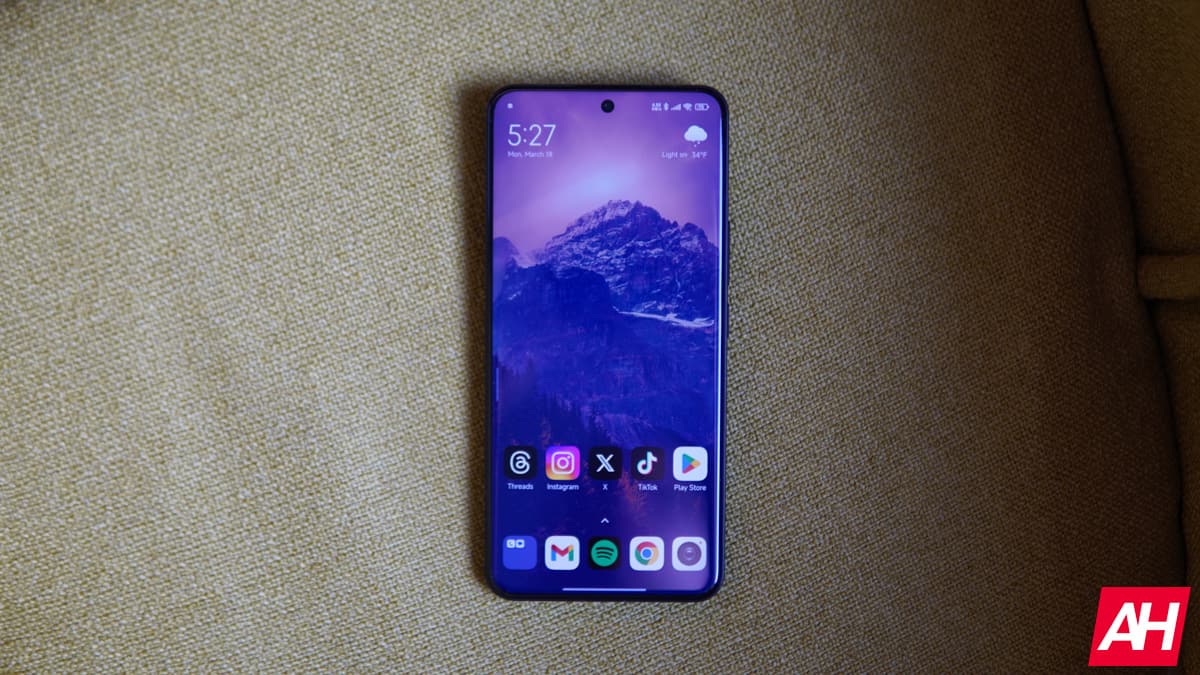
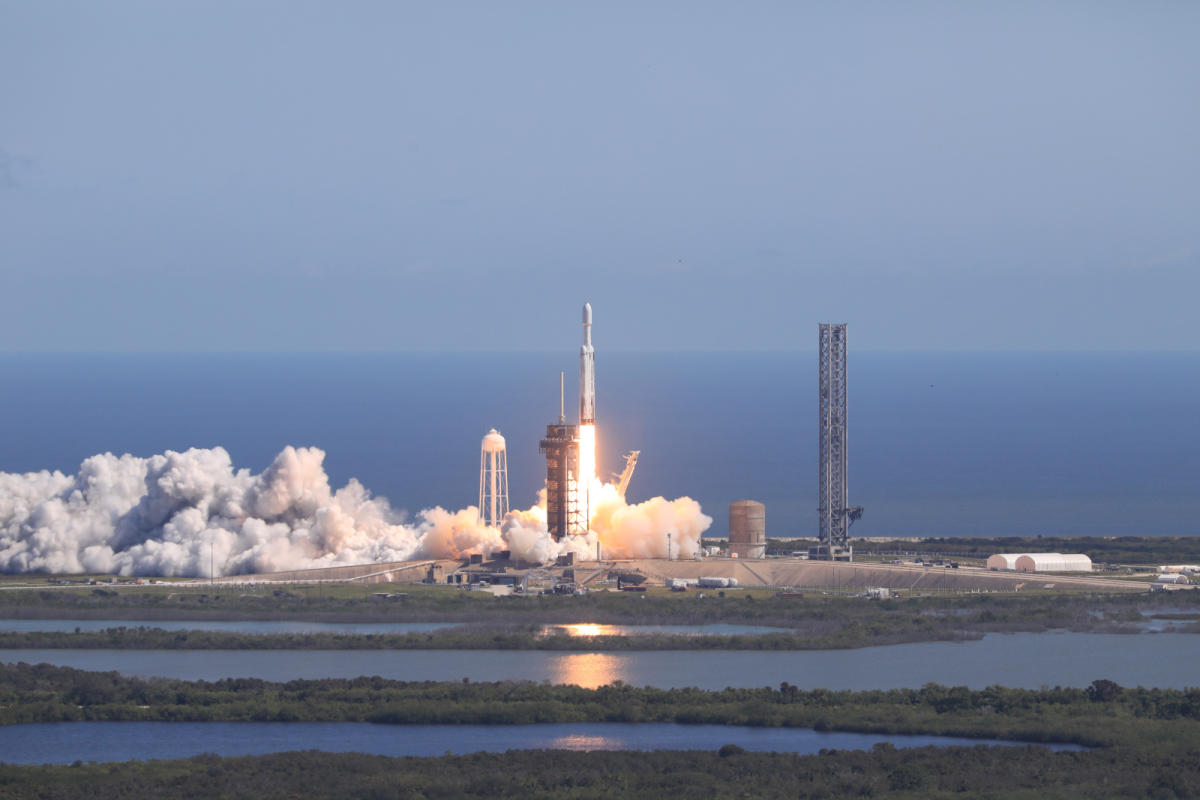































































































































You must be logged in to post a comment Login